During my 10 years of experience in training and learning, and specially while developing my Arabic as a Second Language course over the past three years, my primary goal was to apply Accelerated Learning (AL) methods to all my training programs. However, language learning has its own special requirements that makes creating a special version of AL techniques specific for Language training a necessity. This is where the MAP Technique (Motivate-Anchor-Personalize) fills the gap.

Language learning is unique in many aspects:
- AL Preparation and Presentation phases are interrelated in language learning. Vocabulary presentation for example is an important part of the preparation phase. This phase also has to have components from the two comprehension skills: Listening and reading.
- AL Presentation and Practice phases are also interrelated in language learning. Most commonly taking cycles of presentation-practice-follow up-presentation for each language item in hand.
- AL Performance phase consists of more than one step in language learning. Performance must involve the 2 production skills: Speaking and writing.
- While the SAVI (Somatic-Auditory-Visual-Intellectual) principle still governs the whole learning process, More emphases is naturally given to the Auditory and Intellectual components. An important part of language training is helping learners develop these two skills.

The MAP Technique offers a very handy adaptation of the AL Learning Cycle:
- The Motivate phase represents AL preparation phase with some presentation elements. It is a combination of three components:
- A warm up activity that gets learners engaged and helps them recall what they already know about the topic.
- Small vocabulary and/or structure activities with achievable (as opposed to easy) goals.
- Stimulating reading and/or listening activities that sample the desired learning outcome and prepare learners for the upcoming grammar lesson.
- The Anchor phase represents both AL presentation and practice phases. It is a combination of the following components:
- Structured grammar activities that are engaging and student-centered.
- Direct and motivating grammar practice activities that help both as a practice and an assessment of learner’s comprehension of the concepts. These activities always model the use of this grammar in real life.
- A closing learners centered discussion of the practical application of the new concepts in real life.
- The Personalize phase represents AL performance phase, with the following components:
- Structured speaking activities in pairs or small groups.
- A less structured speaking activity with learners selecting the role-play subject and performing it.
- A writing activity that wraps up the lesson and models the learning outcome.
The guiding principles of AL still applies to each and every step of the MAP Technique. It is essential to keep focusing on generating learners’ motivation, the SAVI principle, reducing pressure, increasing joy, and focusing on collaboration, not competition. The golden rule of thumb remains as always: It’s what learners say and do that creates learning, not what the instructor says and does.
Resources:
Research and papers by the author
The Accelerated Learning Handbook, Dave Meier, McGraw-Hill, 2000.
The Presenter’s Jiffy Guide to Effective Knowledge Transfer, Accelerated Learning Press, 2010
WorldView, Michael Rost, Pearson Education via Longman imprint, 2005





